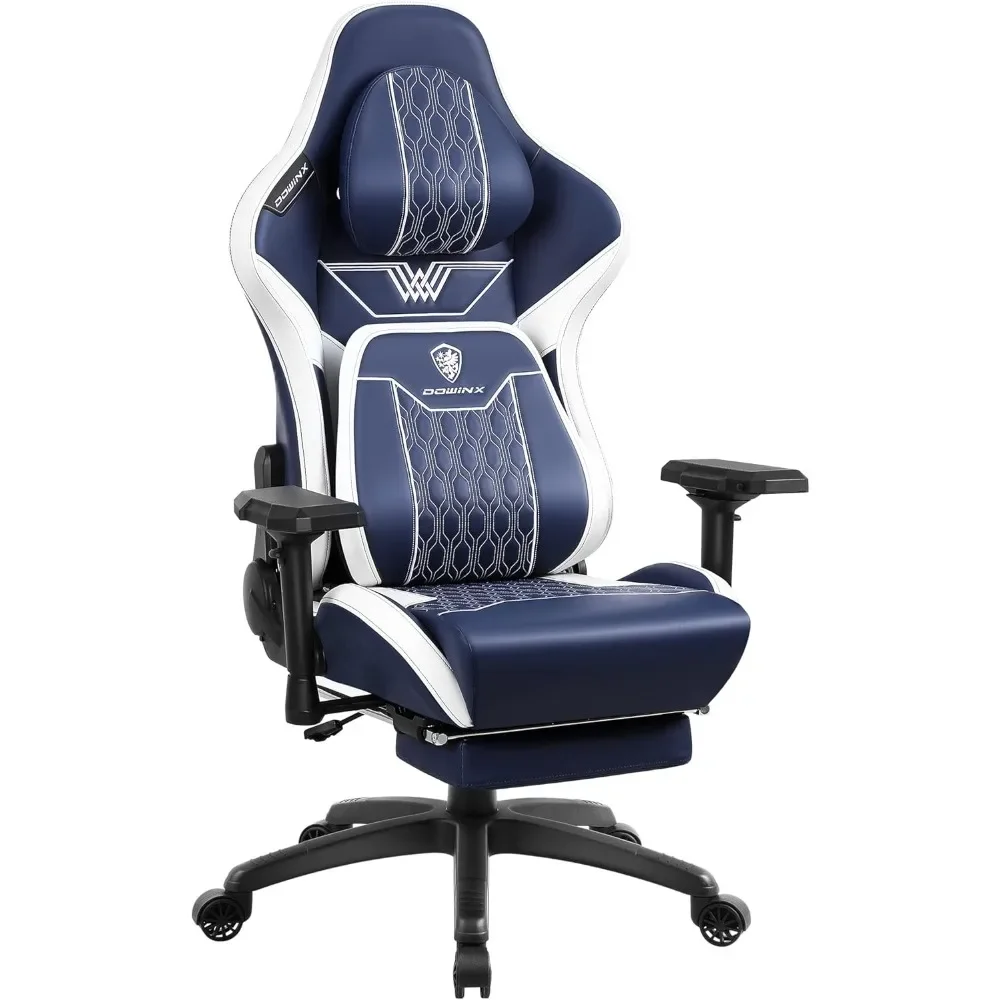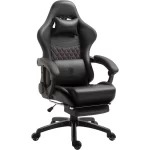Understanding the Basics of Office Chair Recline Mechanisms
Types of Recline Mechanisms
Before delving into adjustments and fixes, it’s essential to understand the different recline mechanisms commonly found in office chairs. Most office chairs are equipped with one of three types of recline mechanisms: the tilt mechanism, the synchro-tilt mechanism, and the knee-tilt mechanism. The tilt mechanism allows the entire seat and backrest to tilt together, which is straightforward and commonly used. The synchro-tilt mechanism, on the other hand, synchronizes the tilt of the backrest with the seat, often offering more support and comfort. The knee-tilt mechanism tilts the seat and backrest around a pivot point closer to the knees, promoting a more natural reclining posture.
Importance of Proper Recline Adjustment
Proper adjustment of the recline function is crucial for both comfort and ergonomics. An office chair that leans back appropriately can alleviate back strain and enhance productivity by allowing users to shift their posture throughout the day. Adjusting the recline mechanism to suit individual needs helps in distributing body weight more evenly and reducing pressure on the lower back. Understanding how each mechanism works and how to adjust it effectively ensures that users can achieve the most comfortable and supportive seating position.
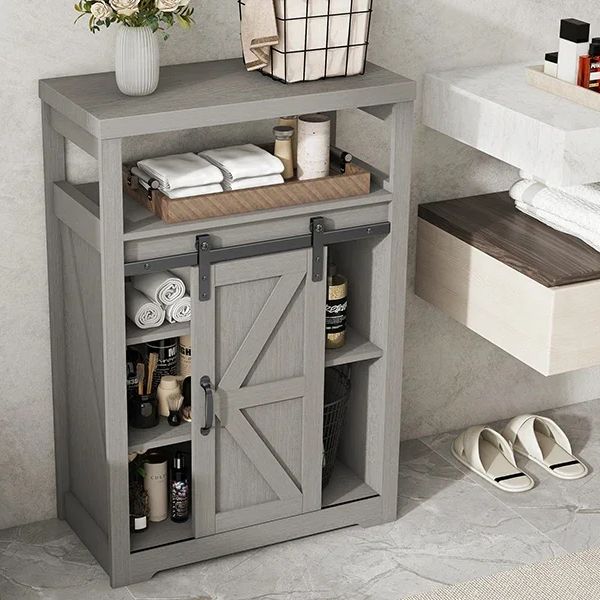
Adjusting the Recline Tension
Locating the Recline Tension Adjustment
One of the key adjustments for making an office chair lean back comfortably is the recline tension. This adjustment controls the resistance you feel when leaning back in the chair. Typically, the recline tension adjustment is located under the seat, often on the right-hand side. It is usually a knob or dial that can be turned clockwise or counterclockwise to increase or decrease the tension. Identifying this control is the first step towards achieving the desired reclining comfort.
How to Adjust Recline Tension
To adjust the recline tension, first, sit in the chair and lean back slightly. Then, turn the tension knob slowly in either direction while applying pressure with your body weight. Turning the knob clockwise generally increases the tension, making the chair more resistant to reclining, while turning it counterclockwise decreases the tension, making it easier to lean back. It is important to make small adjustments and test the chair’s recline after each change to find the optimal setting for your comfort.
Adjusting the Recline Angle
Finding the Recline Angle Adjustment Control
The recline angle adjustment allows users to set the backrest to a specific angle relative to the seat. This control is often found near the recline tension adjustment, sometimes as a separate lever or knob. It enables you to lock the backrest at various angles, providing the ability to customize your seating posture for different activities such as reading or working. Locating this adjustment is crucial for fine-tuning the chair’s lean-back feature to match your needs.
How to Set the Recline Angle
To adjust the recline angle, start by locating the adjustment lever or knob. With the chair in an upright position, engage the recline mechanism by pulling or turning the control to unlock the backrest. Then, lean back and hold the desired angle while adjusting the control to lock the backrest in place. Release the lever or knob once you have found the preferred angle. This adjustment allows for a range of recline positions, from a slight tilt to a fully reclined position, depending on your comfort preferences.
Troubleshooting Common Recline Issues
Chair Not Leaning Back Smoothly
If your office chair is not leaning back smoothly, the issue could be related to the recline mechanism or tension settings. Common problems include insufficient lubrication of moving parts or a misadjusted recline tension. First, check the tension adjustment and ensure it is set correctly. If the chair still doesn’t recline smoothly, inspect the mechanism for any obstructions or signs of wear. Cleaning and lubricating the moving parts may resolve the issue. If problems persist, consulting the manufacturer’s manual or seeking professional repair services may be necessary.
Recline Mechanism Stuck or Jammed
A jammed recline mechanism is another common issue that can prevent the chair from leaning back. This problem can arise from debris or damage within the mechanism. To address this, first, inspect the chair for any visible debris or obstructions. If the mechanism appears clogged, gently clean it with a soft brush or compressed air. If the mechanism is damaged, it may require disassembly or replacement of parts. Following the manufacturer’s instructions for maintenance or contacting customer support for repairs can help resolve this issue.
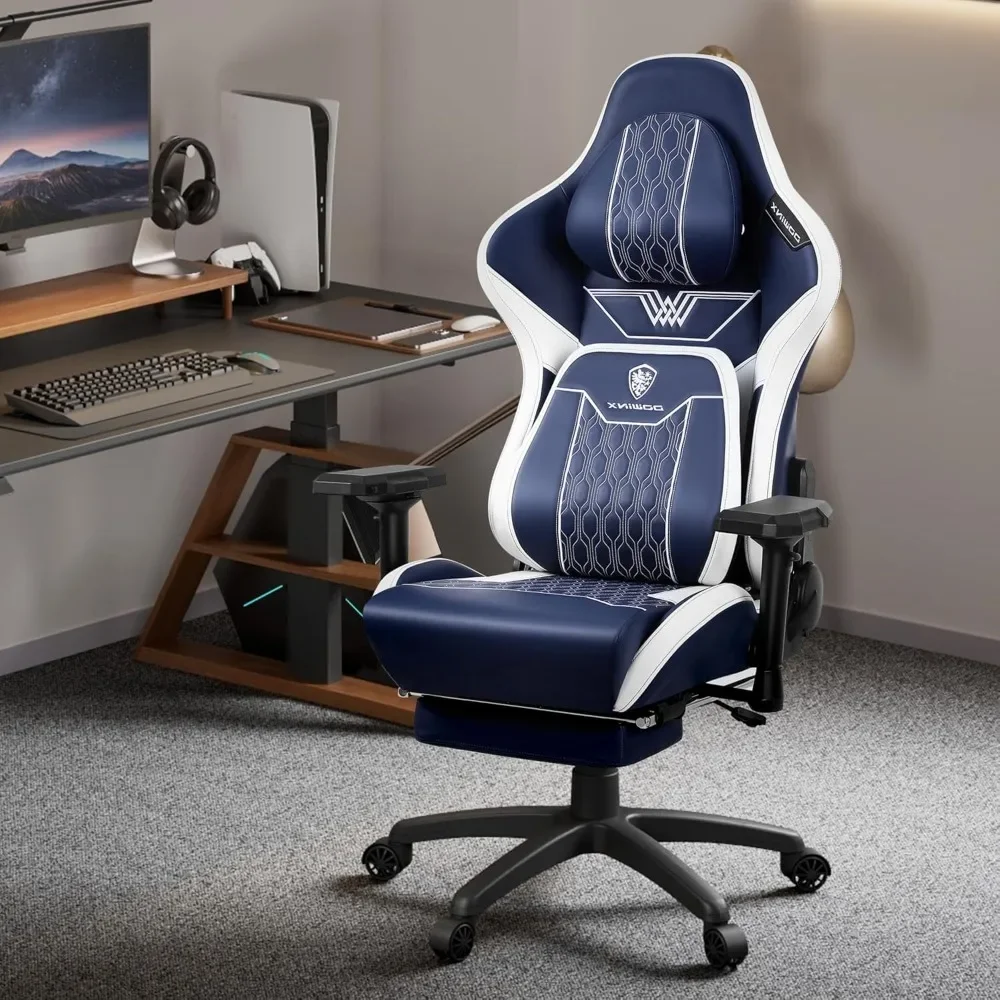
Enhancing Comfort with Additional Features
Adding Lumbar Support
To further enhance the comfort of your office chair, consider adding lumbar support if it doesn’t already have it. Lumbar support helps to maintain the natural curve of the lower back, reducing strain and improving overall posture. Many office chairs offer adjustable lumbar support, but for chairs without this feature, aftermarket lumbar support cushions are available. These cushions can be positioned to provide targeted support where needed, complementing the chair’s recline functionality.
Upgrading to Ergonomic Accessories
Investing in ergonomic accessories can significantly improve the comfort and functionality of your office chair. Accessories such as adjustable armrests, seat cushions, and footrests can enhance the overall seating experience by providing additional support and promoting better posture. These upgrades can be particularly beneficial for users who spend extended periods sitting, as they address various aspects of comfort and support that the basic recline mechanism alone may not fully cover.
Regular Maintenance for Longevity
Importance of Routine Maintenance
Regular maintenance is essential for ensuring the longevity and optimal performance of your office chair’s recline mechanism. Over time, dust and debris can accumulate, and moving parts may require lubrication. Regularly cleaning the chair, inspecting the mechanisms, and addressing any issues promptly can prevent minor problems from escalating into major repairs. Proper maintenance not only extends the life of the chair but also ensures continued comfort and functionality.
How to Perform Basic Maintenance
To perform basic maintenance, start by cleaning the chair with a damp cloth to remove dust and dirt. Check the recline mechanism and adjustment controls for any signs of wear or damage. Lubricate moving parts as needed with a suitable lubricant, following the manufacturer’s recommendations. Additionally, tighten any loose screws or bolts to ensure stability. Performing these routine checks and maintenance tasks helps to keep the chair in good working condition and maintains its reclining capabilities.
Choosing the Right Office Chair for Your Needs
Evaluating Features and Build Quality
When selecting an office chair, consider features such as adjustable recline mechanisms, seat depth, and lumbar support. Evaluate the build quality and materials used, ensuring they provide durability and comfort. A chair with a well-designed recline function and high-quality construction will offer better support and longevity, contributing to a more comfortable work environment.
Testing the Chair Before Purchase
Whenever possible, test the chair before purchasing to assess its comfort and functionality. Sit in the chair, adjust the recline settings, and test other features to ensure they meet your needs. A thorough evaluation will help you choose a chair that enhances your comfort and productivity, ultimately supporting your well-being during extended periods of sitting.
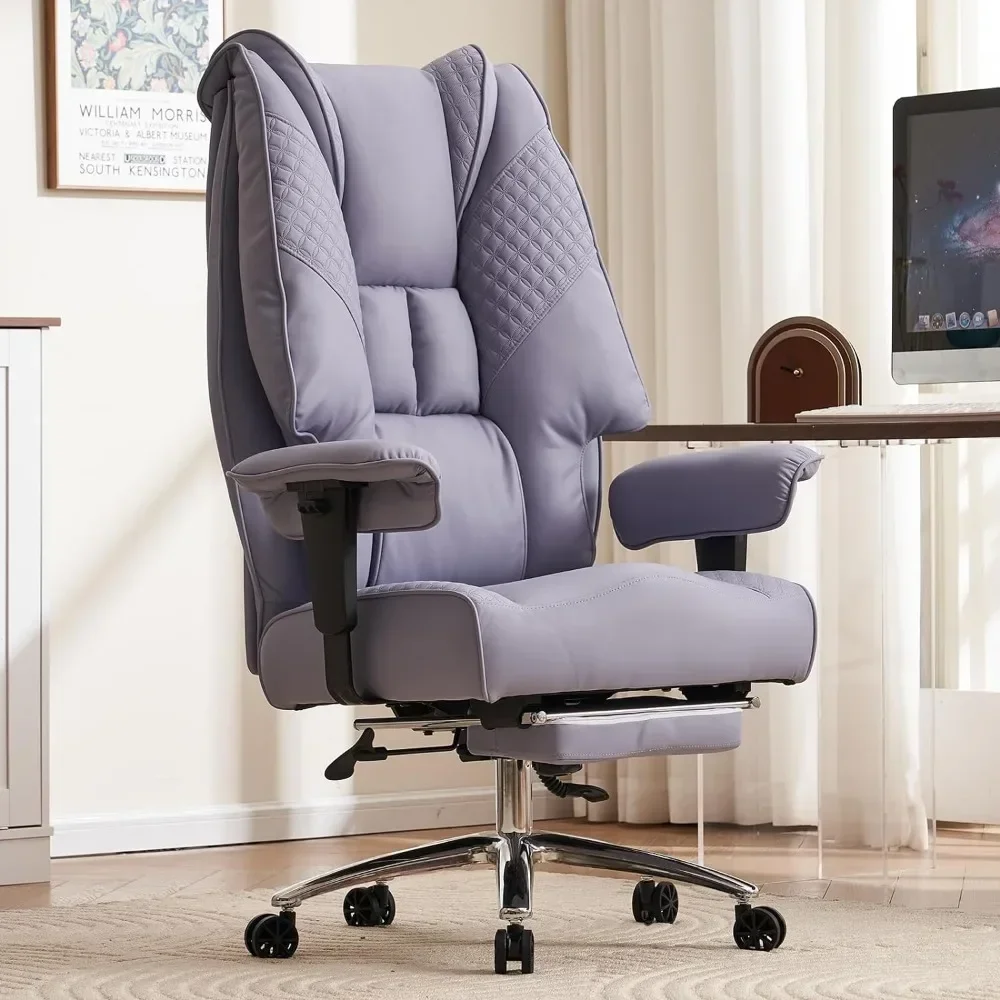
Conclusion: Achieving the Ultimate Comfort
Customizing Your Recline Experience
Achieving the ultimate comfort in your office chair involves more than just adjusting the recline settings. It requires a combination of proper adjustments, troubleshooting common issues, and regular maintenance. By understanding the different recline mechanisms, adjusting the tension and angle, and addressing any problems promptly, you can create a personalized seating experience that enhances comfort and productivity.
Investing in Quality and Comfort
Ultimately, investing in a high-quality office chair with adjustable recline features can greatly impact your comfort and well-being. By taking the time to understand and optimize the chair’s recline functionality, you ensure that your workspace supports your health and efficiency. With the right adjustments and care, your office chair can provide the ultimate in comfort, making long hours of work more enjoyable and productive.
